Introduction:
In the realm of modern design, architects and designers constantly seek innovative materials that can transform spaces and elevate the overall aesthetic appeal. Architectural woven wire mesh has emerged as a game-changer, offering a unique blend of functionality, versatility, and visual appeal. In this article, we will explore the role of architectural woven wire mesh in modern design and how it has redefined the boundaries of aesthetics and functionality.
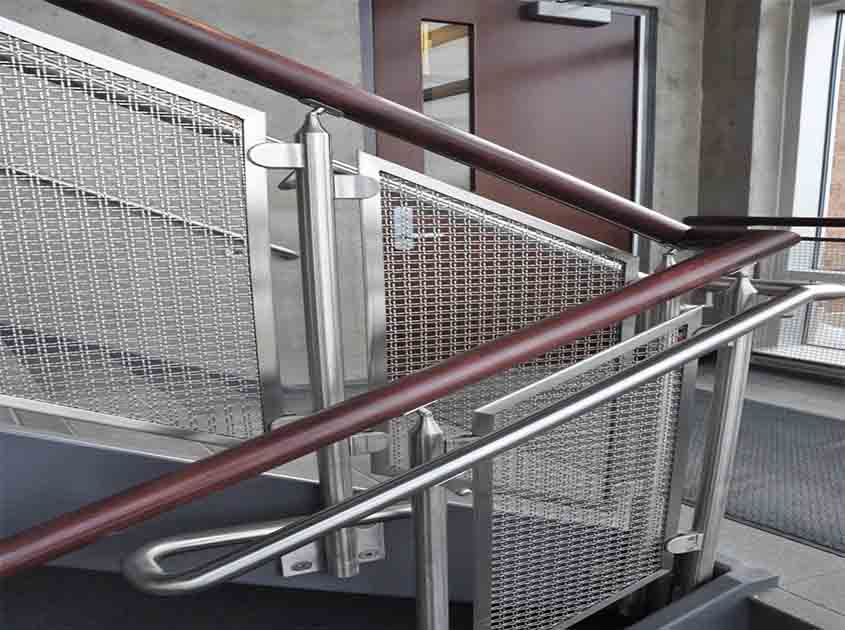
Visual Impact:
Architectural woven wire mesh makes a bold statement in modern design with its intricate patterns, textures, and open areas. Whether used as cladding, partitions, or decorative elements, the mesh introduces a captivating visual impact to architectural spaces. The interplay of light and shadow on the mesh's surface creates a dynamic and ever-changing visual landscape that engages the senses. It adds depth and dimension to surfaces, transforming mundane spaces into visually stimulating environments.
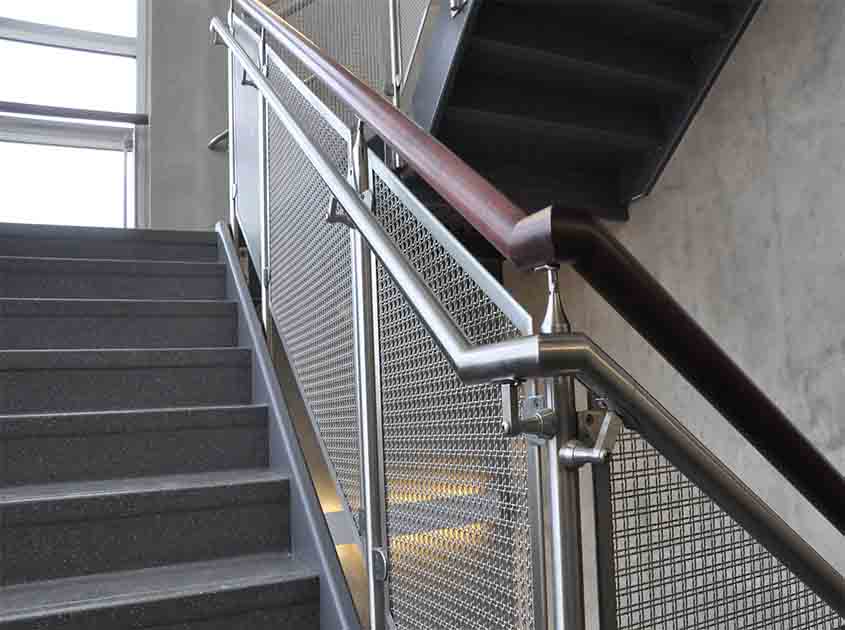
Transparency and Connection:
One of the key strengths of architectural woven wire mesh lies in its ability to create transparency and connection within spaces. The mesh allows light to pass through, creating a sense of openness while maintaining privacy. This feature is particularly valuable in contemporary design, where the integration of indoor and outdoor spaces is highly desired. The transparency of the mesh fosters a connection with the surrounding environment, blurring the boundaries between the interior and exterior.
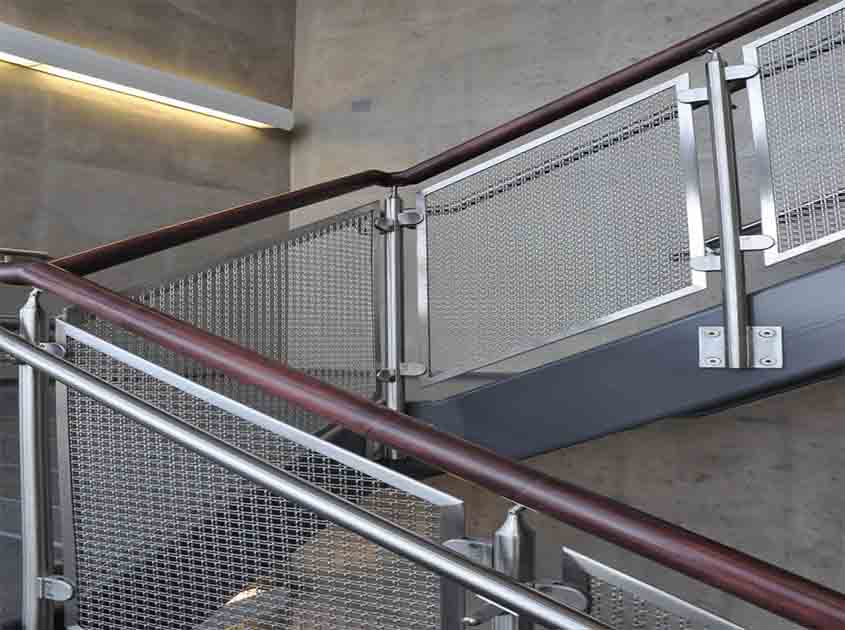
Functional Adaptability:
Architectural woven wire mesh goes beyond its visual appeal and offers functional adaptability in modern design. Its open design allows for adequate airflow and ventilation, contributing to a healthy indoor environment. The mesh can also serve as a shading device, reducing solar heat gain and optimizing natural lighting. Additionally, it can act as a safety barrier, providing protection and security without sacrificing aesthetics. The functional adaptability of the mesh makes it a valuable asset in achieving sustainable and user-friendly designs.
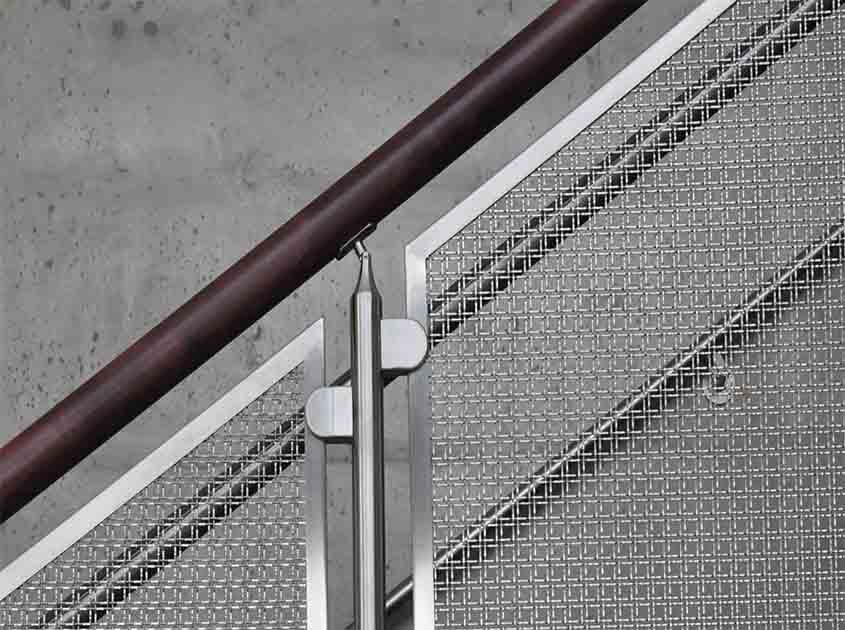
Customization and Versatility:
Architectural woven wire mesh offers a wide range of customization options, enabling designers to achieve their desired vision. The mesh can be customized in terms of patterns, wire thicknesses, and metal finishes, allowing for endless design possibilities. From geometric patterns to organic motifs, the mesh can be tailored to complement the design concept and create a cohesive aesthetic. Its versatility extends to various applications, including facades, ceilings, balustrades, and interior partitions, giving designers the freedom to explore and experiment.
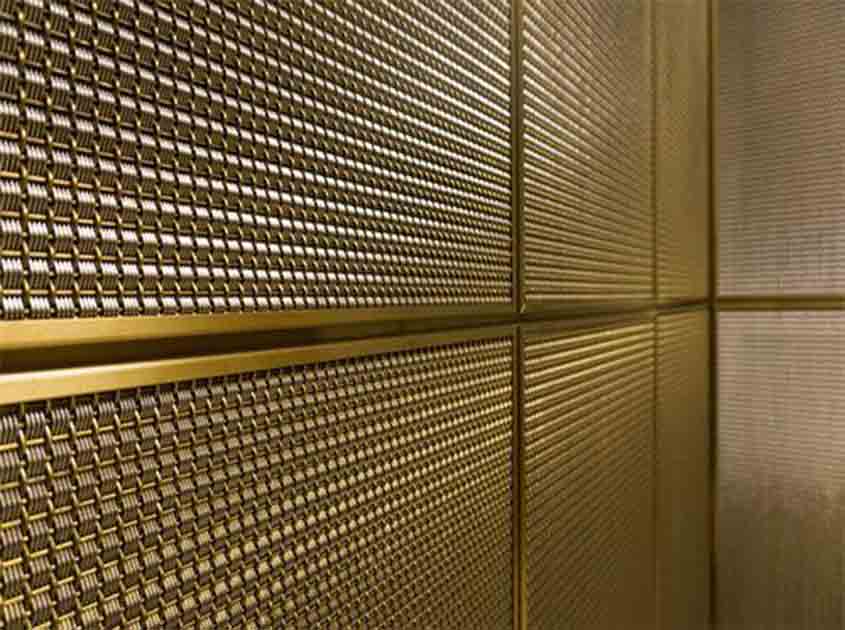
Conclusion:
Architectural woven wire mesh has become a prominent element in modern design, redefining the boundaries of aesthetics and functionality. Its visual impact, transparency, and functional adaptability make it a highly sought-after material in the architectural world. The customization options and versatility of the mesh provide designers with endless possibilities to create visually stunning and conceptually cohesive spaces. As the demand for innovative and sustainable design solutions continues to grow, architectural woven wire mesh will undoubtedly play a significant role in shaping the future of modern design.
pre: Exploring the Applications of Architectural woven wire mesh
next:The Versatility of Architectural Woven Wire Mesh in Architec
© 2025 Joinwin Architectural Wire. All Rights Reserved. | Sitemap
Recommended Read
Unique architectural metal decorative mesh adds charm to your project
Metal woven mesh is widely popular due to its unique design, high strength, durability and functionality.